I’ve read books in English, French, and Arabic. Both fiction and non-fiction.
Mostly, I’ll post here non-fiction English books. At least, the ones that I can recommend and might be relevant to most of you.
Also, I’ll skip the books that I read but don’t remember much of them. I spent a decade reading without taking notes. Please don’t do like me. It’s such a waste.
This section is only meant to spark your interest in books. So I’ll only write my impressions and three notes from the books. For more details, summaries and reviews, you can find them on Amazon or any other source.
For a faster research, you can click on any tag below to find the books of your interests.
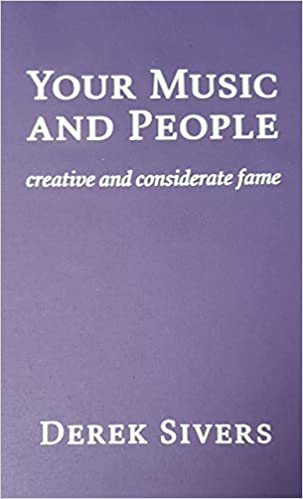
Your Music and People
Creative and Considerate Fame
Derek Sivers
I like the concise way Derek Sivers presents his ideas. His book follows the same logic as his blog: one tiny idea per chapter. Even if the title mentions music, any content creator can benefit from it. Art, people, money, marketing, mindset are some of the ideas discussed in the book.
Three notes from the book:
1- It’s impossible to fail if your only mission is to see what happens: test, test, test.
2- Beware of putting people on a pedestal. It can prevent real friendship. You can’t have a real conversation if you are self-conscious and terrified. Forget titles.
3- Don’t try to beat them at their game. Play a completely different game.
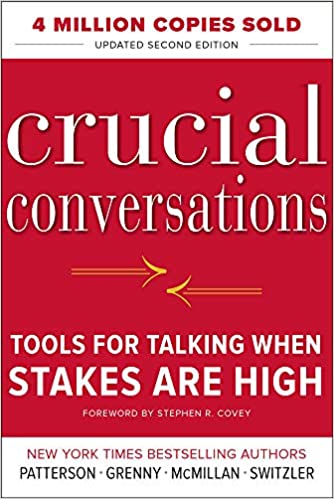
Crucial Conversations
Tools for Talking When Stakes Are High
Kerry Patterson, Joseph Grenny, Ron McMillan, Al Switzler
This book helped me manage emotionally charged situations. I don't always do it well. But now I have more tools to succeed than I had before. An essential book to have as crucial conversations can happen every day, at work or at home.
Three notes from the book:
1- Crucial conversations: A discussion between two or more people where (1) stakes are high, (2) opinions vary, and (3) emotions run strong.
2- The mistake most of us make in our crucial conversations is we believe that we have to choose between telling the truth and keeping a friend.
3- There's an intermediate step between what others do and how we feel. There's always an intermediate step because actions themselves can't and don't cause emotional reaction.
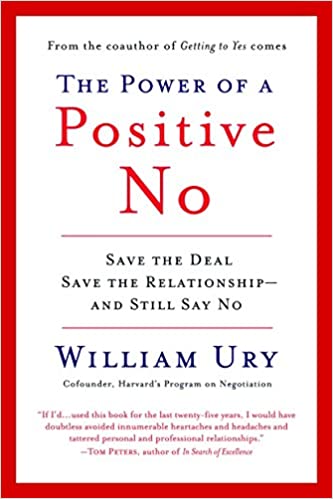
The Power of a Positive No
Save The Deal Save The Relationship and Still Say No
William Ury
Various reasons make saying No difficult for many people. I bought this book to help my colleague say No to an abusive situation. To be honest, I didn't expect that much. Do we need an entire book just to say No? But I was wrong.
Three notes from the book:
1- We all too often start by accommodating the other. Then naturally, we begin to feel resentful. After suppressing our feeling for a while, there comes the point when we suddenly explode, only to feel guilty afterward at the destructive impact of our attack. So we lapse back into accommodation or avoidance, ignoring the problem and hoping it will disappear.
2- If you can learn how to say No skillfully and wisely, you can create what you want, protect what you value, and change what doesn't work.
3- Perhaps the single biggest mistake we make when we say No is to start from No.
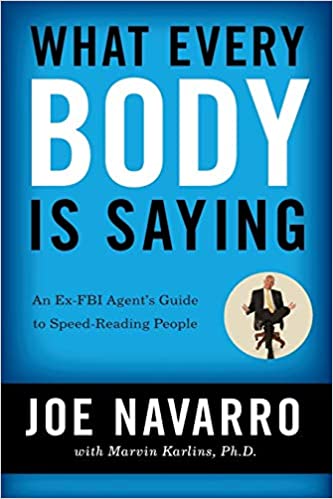
What Every Body Is Saying
An Ex-FBI Agent's Guide to Speed-Reading People
Joe Navarro
As my wife was pointing at some of my body languages, I decided to learn more about it. From head to toes, the author helps us understand our nonverbal communication. And the first thing you'll learn is that the face is the least reliable source for body language cues.
Three notes from the book:
1- Blocking behaviors may manifest in the form of closing the eyes, rubbing the eyes, or placing the hands in front of the face, The person may also distance herself from someone by leaning away, placing objects (a purse) on her lap, or turning her feet toward the nearest exit.
2- When stressed, we might soothe our necks with a gentle massage, stroke our faces, or play with our hair. This is done automatically. Our brains send out the message, "Please pacify me now", and our hands respond immediately, providing an action that will help make us comfortable again.
3- When reading body language, most individuals start their observation at the top of a person (the face) and work their way down, despite the fact that the face is the one part of the body that most often is used to bluff and conceal true sentiments.
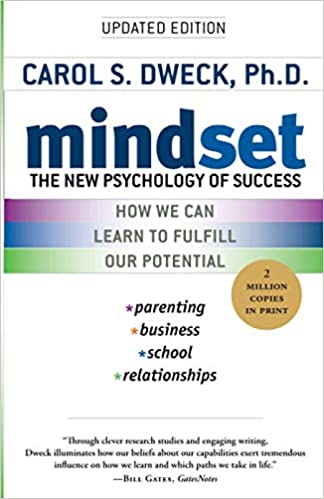
Mindset
The New Psychology of Success
Carol S. Dweck
You've probably already heard about the two mindsets: the fixed and the growth mindsets. The strength of this book lies in showing how these two mindsets affect every aspect of our life, from our perceptions to our accomplishments, passing by our relationships, and much more.
Three notes from the book:
1- Failure has been transformed from an action (I failed) to an identity (I'm a failure). This is especially true in the fixed mindset.
2- This growth mindset is based on the belief that your basic qualities are things you can cultivate through efforts, your strategies, and help from others.
3- ...many managers don't believe in personal change. These fixed-mindset managers simply look for the existing talent--they judge employees as competent or incompetent at the start and that's that.





